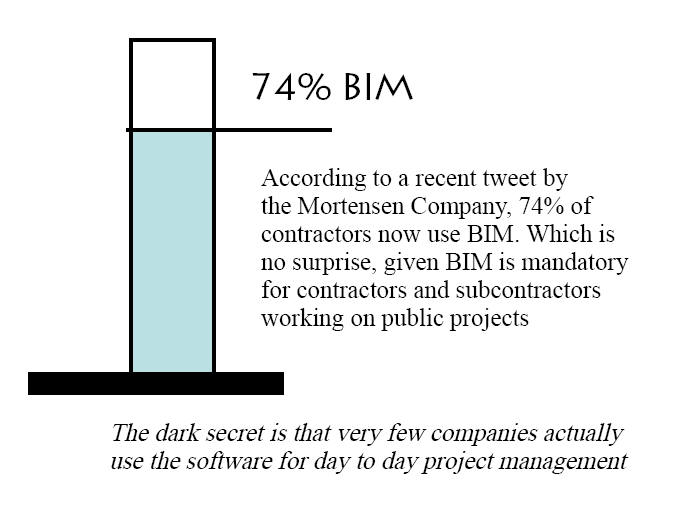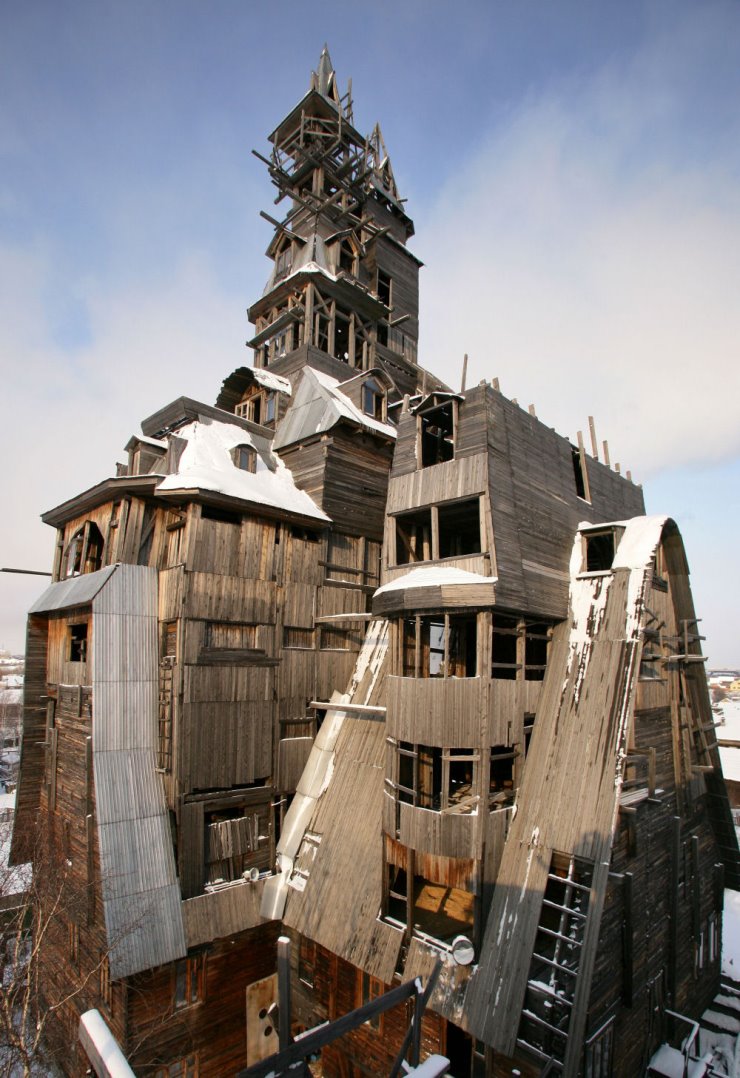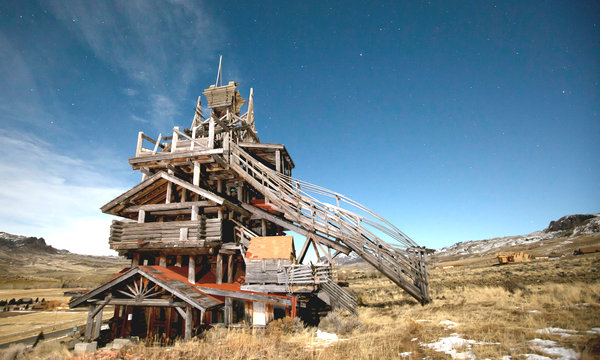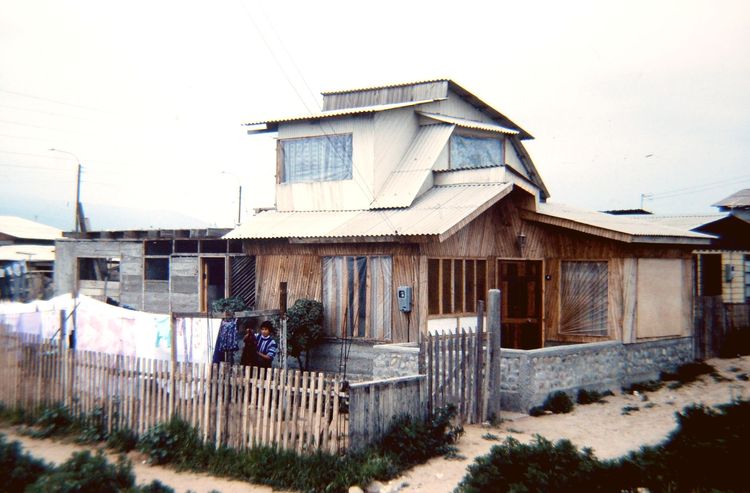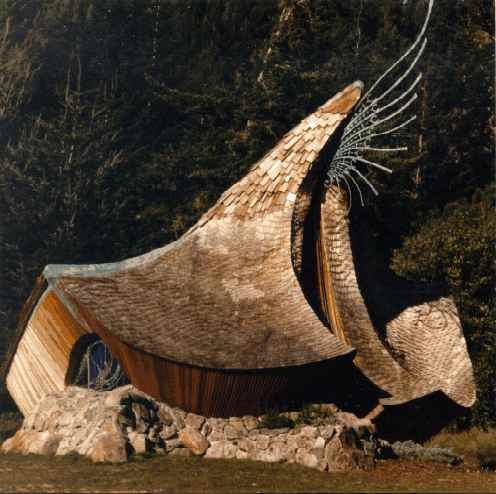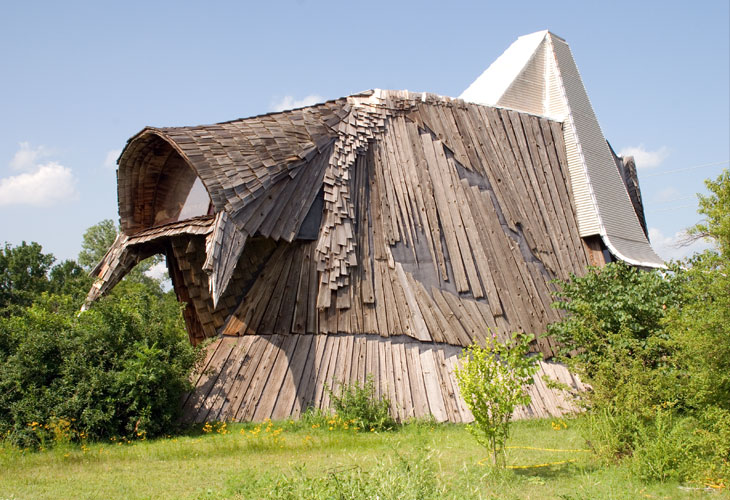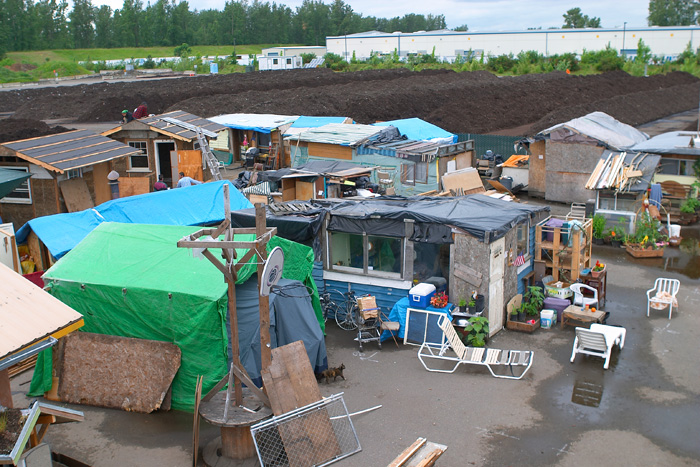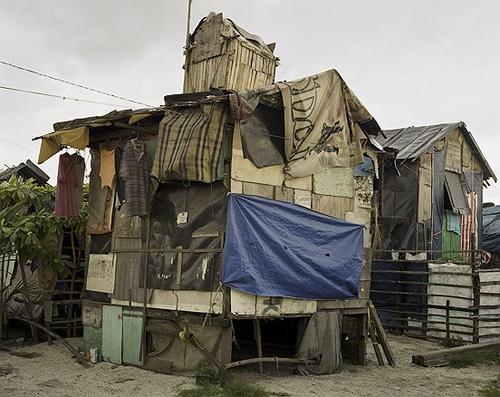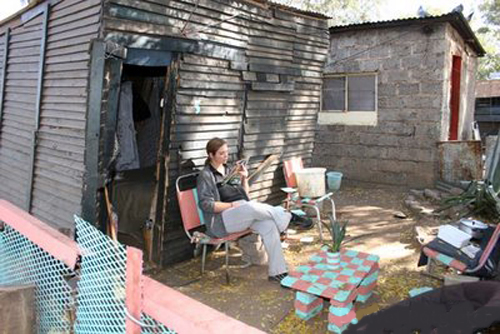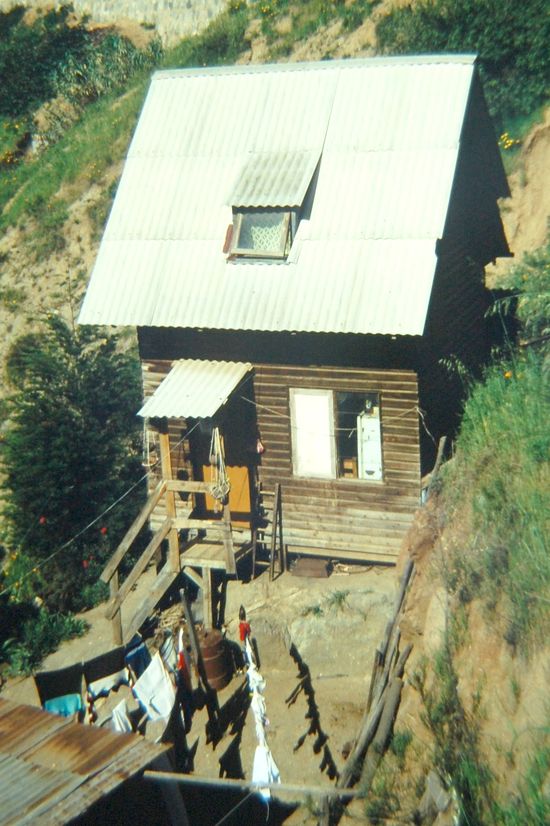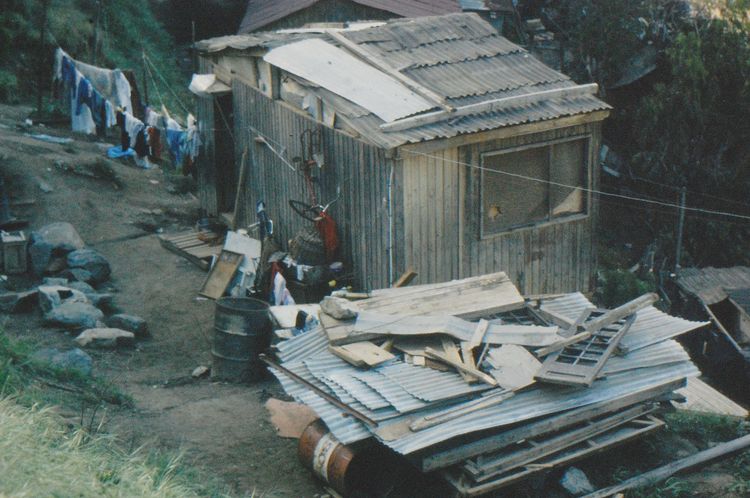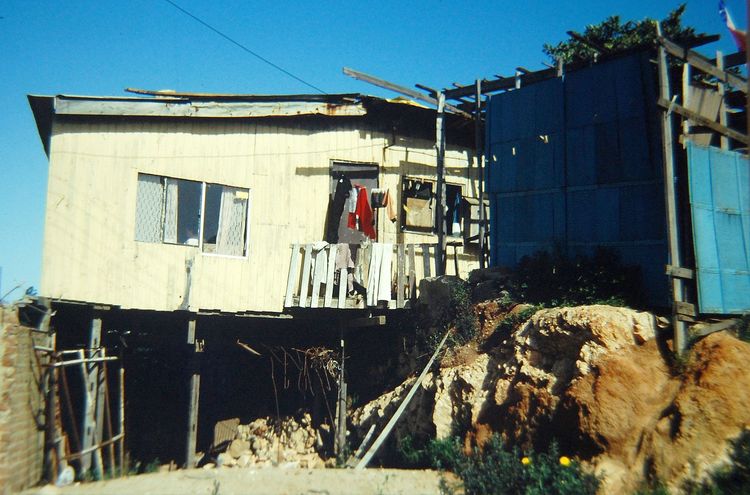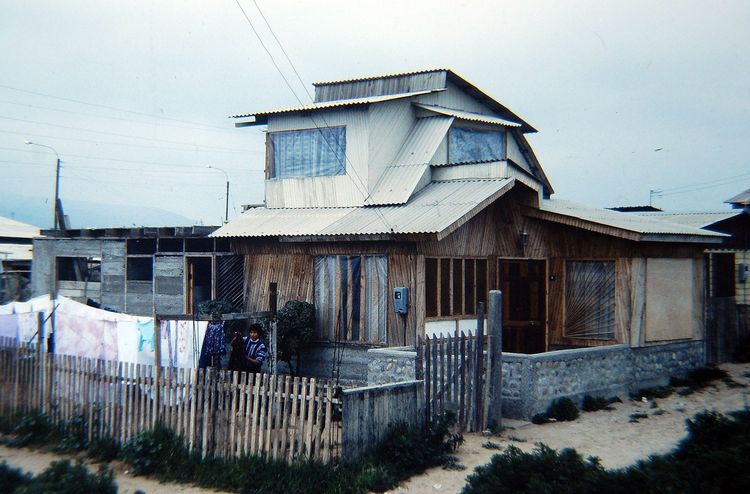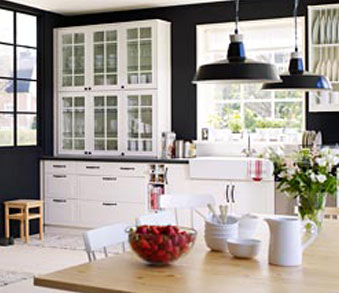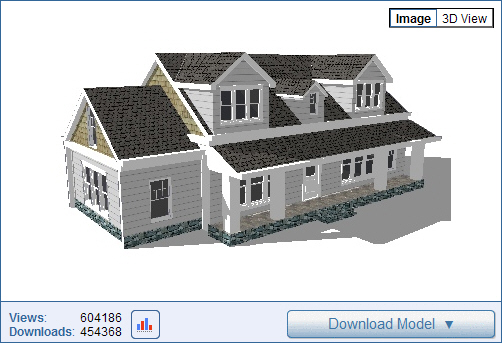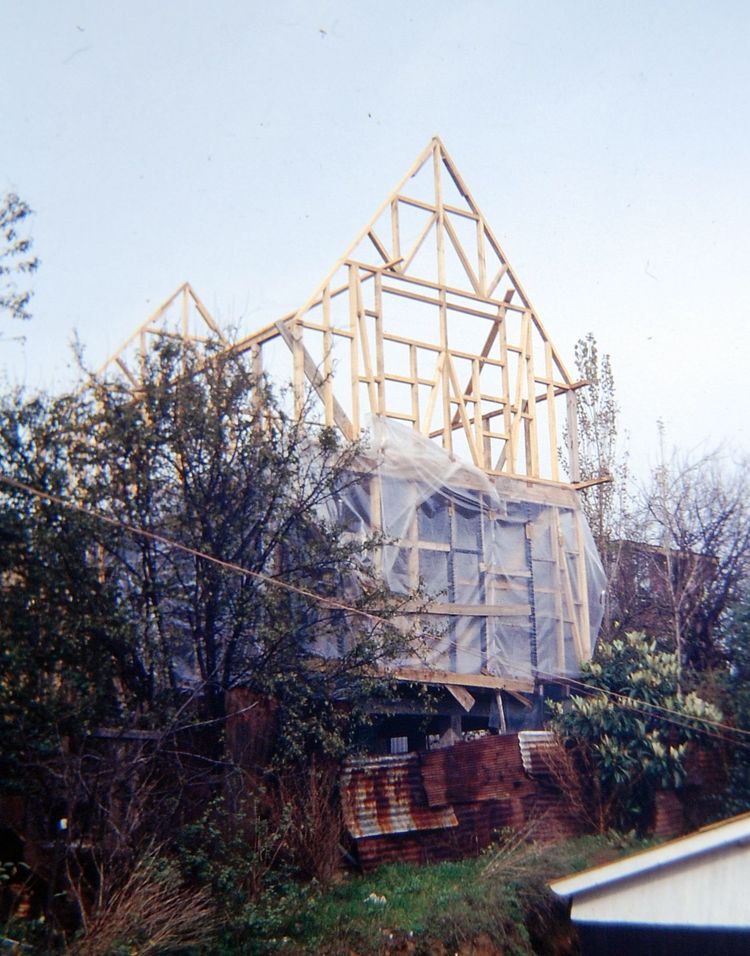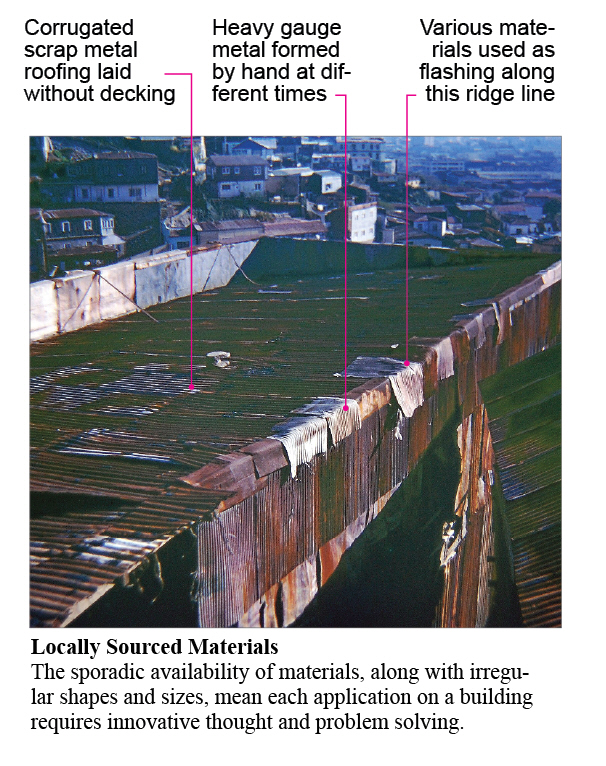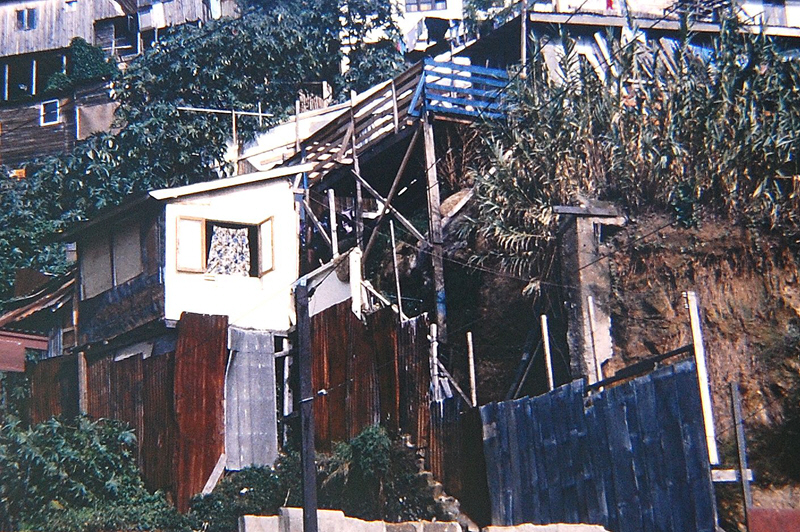When the sale of Google SketchUp to Trimble Navigation was announced, it reminded me of the days when the original SketchUp development team was still around. They held an informal conference a few blocks from their offices in the Fall of 2005. It was a small gathering at a little hotel with break out sessions, a few larger presentations, and fabulous display of food and drinks. Not sure, but maybe 500 people tops attended, some invited, most came because they were chosen in a lottery.
At the time, not many realized this simple 3D modeling program was about to be swallowed up by some really big ideas.
SketchUp and @Last Software
@Last Software had a startup spirit then that was infectious and somehow oddly personal. The enthusiasm of their employees started at the top with founders Brad Schell and Joe Esch and made it all the way down to almost everyone in the organization. And thanks to Mark Carvalho and a core group of evangelists, their marketing approach was so personal that everyone wanted to meet the people who put this amazingly intuitive program together. All dedicated geniuses, that was pretty clear.
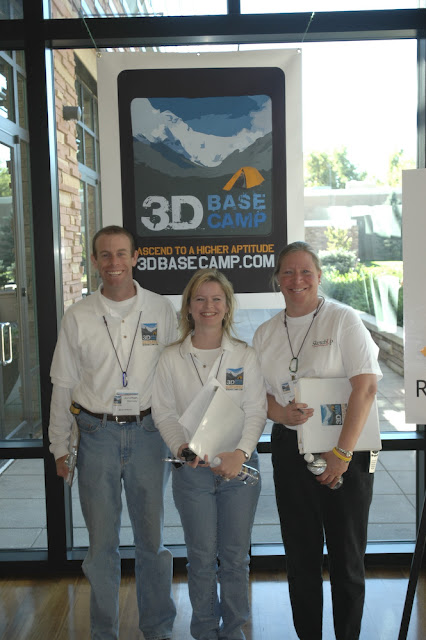
It was also pretty clear that @Last was looking for an out. Autodesk and Google were sort of circling around, Trimble might have even been there. And there were open and honest conversations about the future direction for SketchUp including an all hands meeting where the development team introduced an early version of Layout -- a page composer that coupled 3D to 2D using an AutoCAD paperspace like environment. A photo texturing editor was also hinted at, as well as a passing mention of a geo-locating feature that linked SketchUp to Google Earth.
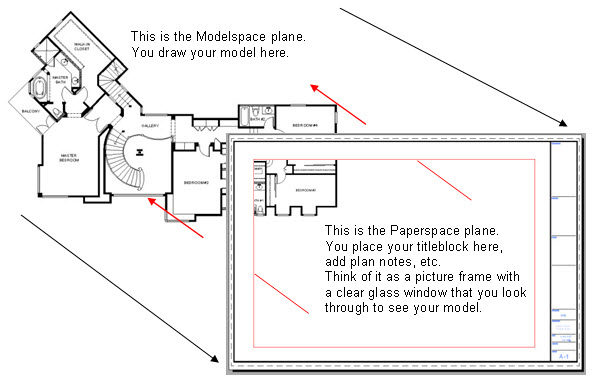
What was interesting was that these in-house presentations were more about testing reaction to ideas than it was about announcing new features. That worked because it triggered a lot of the discussion about balancing the wish-list for more “cool” design features with the original idea of keeping SketchUp a simple, user friendly 3D modeler. More than one attendee cautioned the team not to make things too complicated with new features. Keeping the program simple was something most understood as the strength of the program.
Of course, you can’t keep something simple and survive, let alone succeed – financially that is – without a lot of new features. You need a market, growth, and more paying users, and you couldn’t get that without a lot of hype and grandstanding.
Google and SketchUp
The startup energy was long gone when we revisited the SketchUp offices in Boulder after the Google acquisition. In its place were security procedures, unsmiling workers, openly political posturing, and a tension and focus that reminded us of an old fashioned sweatshop. Not that it was. It was just that the joy seemed to have faded into a kind of forced happiness that came with all you can eat goodies, offered like candy to children.
Probably no different than any other Google office on a normal day, but the contrast was striking when one thought back to the energy and enthusiasm of the original @Last team. We never went back. Google had literally moved Google Earth in on @Last, bringing with them a new and more global focus, big ideas and a lot of money.

Though some at the 2005 conference believed SketchUp’s new geo-locating feature and Google Earth had rather limited applications, as it turned out it was that feature, along with patents on the simple and user friendly Push/Pull modeling engine, that sold Google on the acquisition. Their goal of course was to populate Google Earth with photoreal 3D models. We all know now that “Street Views” does a far better job of capturing real photo-reality. And it is Trimble Navigation that makes Street Views possible.
Now it’s Trimble’s turn
It’s interesting to read the latest threads on the SketchUp forums about the Trimble acquisition. Still the dreamy wish lists for all kinds of “cool” new features that Trimble should incorporate. Not that that’s bad, but it explains the kind of specialized focus that looks more to light rays, textures, and design tools that fuel both the forums and a much more interesting after market of Plugins and third-party programs.

Of course, no one knows what Trimble’s plans really are, but it’s a pretty safe bet that they see the real value of SketchUp in the very same, simple, intuitive Push/Pull modeling engine that Google purchased from @Last -- and probably still maintains a financial interest.
Unlike many designers, almost every constructor knows what any one of Trimble Navigation’s four core market segments has already done to revolutionize field surveying, layout, agriculture, exploration, and geo-mapping. Their GPS technology has literally changed the way field work is done for almost everything that includes a survey, plot, plan, map, farm, drone, scanners, or satellite. This of course includes what Trimble Navigation did for “Street Views” and Google Earth.
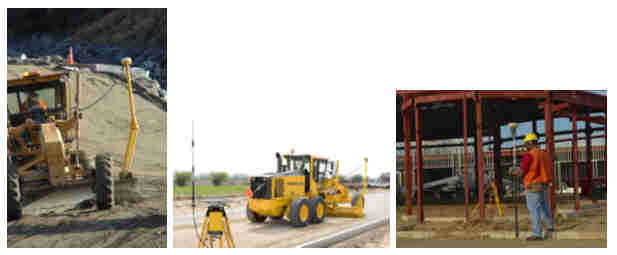 http://www.geosystems.co.nz/drupal/taxonomy/term/16
http://www.geosystems.co.nz/drupal/taxonomy/term/16
http://www.korecgroup.com/
Add to these innovative technologies, the recent acquisition by Trimble Navigation of a handful of point scanning and BIM and CAD software and management companies and you get an idea why SketchUp is such a good fit for where they are going. A “cool” design tool may be on the table, but there’s much more opportunity in blending two and three-dimensional visualization with GPS, geo-data, mapping, engineering, production, and civil and building construction.
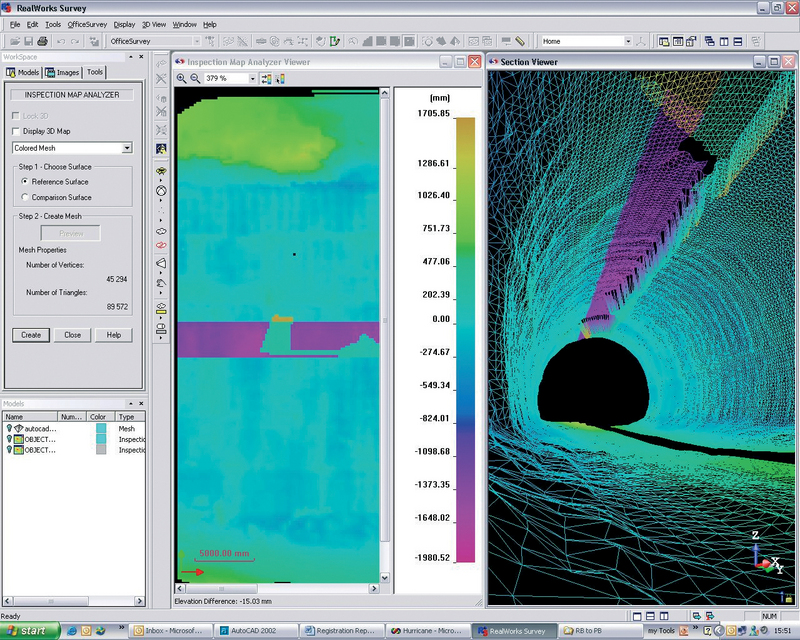
These are the core markets for Trimble Navigation and there is little doubt that all of these systems are about to see the same simple 3D modeling engine that @Last invented and patented years ago incorporated into their software. It’s like going back into the future, all over again.
Back to Simple “3D for everybody”
The point here is that it’s the underlying simplicity programmed by Esch and Schell that makes SketchUp so valuable to these huge companies. These are pretty much the same lines of code, in the same software engine, that the original @Last team introduced with the original versions of SketchUp all those years ago.
And the real value of that embedded software code remains its simplicity.
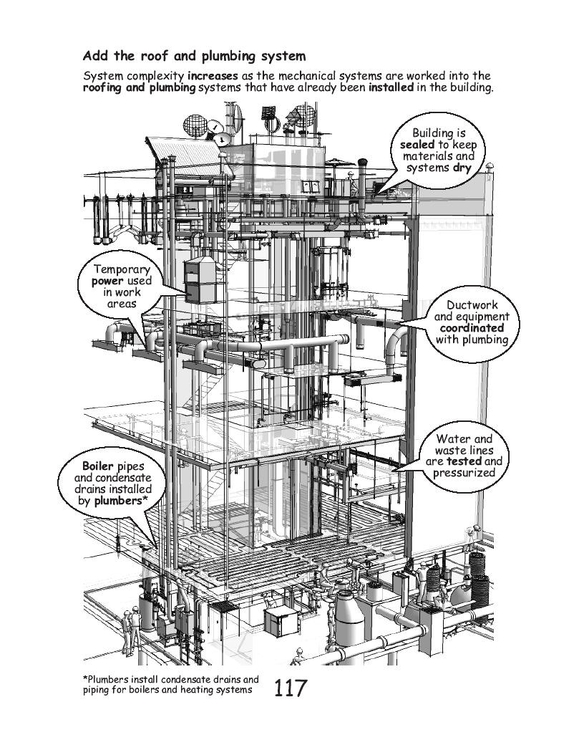
The irony is that it’s this same original @Last simplicity that makes SketchUp so important for construction communications. In fact, one of our first books, 3D Construction Modeling (link), remains popular in the used book market because it uses SketchUp Version 4. Much easier to learn because it is exactly what @Last invented – a simple modeling program that brings “3D to everyone.”
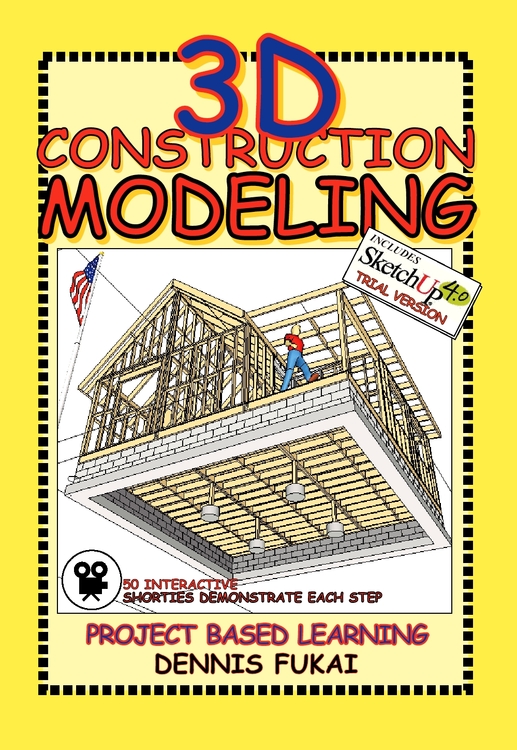
I should confess here that all our models are built with version 5 (sometimes 6). In fact, the secret to make construction modeling fast and cost effective is to focus on keeping things plain and simple. This is the same thing that is driving the interests of industry giants like Google and Trimble Navigation in the SketchUp technology and paradoxically parallels the original vision for SketchUp as a simple 3D visualization tool. Remember “3D for everybody.”
In the end, the intent of a construction model is not to impress, but to simply and quickly inform and explain the means or method of a process in 3D. Coloring and rendering in the virtual world might be a lot of fun, but they’re time consuming and have no place in construction. And as Trimble knows, the real money has always been in the real world.
.
